Acute Inferior Myocardial Infarction Detection Algorithm Based on BiLSTM Network of Morphological Feature Extraction
-
摘要: 急性下壁心肌梗死是一种病发急、进展快、致死率高的心脏疾病,该文提出一种新颖的基于形态特征提取的BiLSTM神经网络分类的急性下壁心肌梗死辅助诊断算法,可大幅度提高医生对急性下壁心肌梗死疾病的诊断效率并有助于及时确诊。算法包括:对胸痛中心数据库心拍信号进行降噪及心拍分割;根据临床心内科医学诊断指南提取了12导联波形距离特征和分导联波形幅值特征;依据提取的特征搭建LSTM与BiLSTM神经网络进行心拍的分类识别;使用PTB公开数据库和胸痛中心数据库多临床中心进行交叉验证。实验结果表明,加入胸痛中心真实临床数据后,基于形态特征提取BiLSTM神经网络的急性下壁心肌梗死辅助诊断算法准确率达到99.72%,精度达到99.53%,灵敏度达到100.00%,同时F1-Score达到99.76。该算法比其他现有算法准确率提高至少1%,该项研究具有非常重要的临床应用价值。
-
关键词:
- 心电图 /
- 人工智能 /
- 双向长短期记忆神经网络 /
- 形态特征 /
- 心肌梗死
Abstract: Acute inferior myocardial infarction is a kind of heart disease with rapid progression and high mortality. In order to improve the diagnosis efficiency for inferior myocardial infarction, a novel algorithm for automatic detection of inferior myocardial infarction based on Bi-directional Long Short-Term Memory (BiLSTM) network of morphological feature extraction is proposed. Based on the clinical ECG signals of the cardiology center, noise is reduced and every heartbeat is segmented. According to the cardiology clinical guidelines and signal analysis, 12 lead waveform distance features and single lead waveform amplitude features are extracted. Additionally, the neural network structure of Long Short-Term Memory (LSTM) and BiLSTM are built from to the extracted features. It is cross-validated by Physikalisch-Technische Bundesanstalt (PTB) public database and chest pain center database, the accuracy reaches 99.72%, the precision and sensitivity reach 99.53% and 100%. At the same time, the F1-Score reaches 99.76. Furthermore, experimental results demonstrated that the accuracy of the novel algorithm is still 1% higher than that of other existing algorithms after adding the chest pain center database. -
表 1 特征提取说明表
特征类型 特征说明 特征表示 12导联波形距离特征 RR间期 ${T_{{\rm{RR}}}}$ QR间期 ${T_{{\rm{QR}}}}$ ST段电位起测点 ${X_{{\rm{ST}}}}$ 分导联波形幅值特征 Q波幅值:II, III与
AVF导联${V_{ {{\rm{Q}}_{ {\rm{II} } } } } },{V_{ {{\rm{Q}}_{ {\rm{III} } } } } },{V_{ {{\rm{Q}}_{ {\rm{AVF} } } } } }$ R波幅值:II, III与
AVF导联${V_{ {{\rm{R}}_{ {\rm{II} } } } } },{V_{ {{\rm{R}}_{ {\rm{III} } } } } },{V_{ {{\rm{R}}_{ {\rm{AVF} } } } } }$ 表 2 数据集分布情况
数据来源 心拍数/个 总计 训练集(80%)/个(5折交叉验证) 测试集(20%)/个 训练集(80%)/个 验证集(20%)/个 CPC 811 1811 1159 289 363 PTB 1000 表 3 网络模型参数
网络模型 参数 LSTM Epoch=1200 Maxiters=1000 Learining rate=0.00035 Forget bias=1.0 BiLSTM Epoch=1000 Maxiters=1000 Learining rate=0.001 Forget bias=0.6 表 4 5折交叉验证分类评估指标值
本文算法 评估指标 验证集D1 验证集D2 验证集D3 验证集D4 验证集D5 平均值 形态特征提取+LSTM 混淆矩阵 TN FN 123 1 125 3 117 1 128 1 111 1 NA FP TP 1 165 3 159 1 171 2 158 1 176 Acc(%) 99.31 97.93 99.31 98.96 99.31 98.96 precision(%) 99.40 98.15 99.42 98.75 99.44 99.03 sensitivity(%) 99.40 98.15 99.42 99.37 99.44 99.16 F1-Score($\beta = 1$) 99.40 98.15 99.42 99.06 99.44 99.09 形态特征提取+BiLSTM 混淆矩阵 TN FN 129 0 114 1 117 2 131 1 116 0 NA FP TP 0 161 1 174 3 168 1 156 0 173 Acc(%) 100.00 99.31 98.28 99.31 100.00 99.38 precision(%) 100.00 99.43 98.25 99.36 100.00 99.41 sensitivity(%) 100.00 99.43 98.82 99.36 100.00 99.52 F1-Score($\beta = 1$) 100.00 99.43 98.53 99.36 100.00 99.46 表 5 模型测试集分类评估指标值
本文算法 混淆矩阵 Acc(%) precision(%) sensitivity(%) F1-Score($\beta = 1$) 形态特征提取+LSTM 152 3 98.90 99.52 98.57 99.04 1 207 形态特征提取+BiLSTM 152 0 99.72 99.53 100.00 99.76 1 210 表 6 急性心肌梗死智能诊断方法比较
作者,年份 分类方法 导联数量 结果 Dohare et al., 2018[7] 形态特征提取,SVM分类 12 心梗检测:Acc = 96.66%, sensitivity= 96.6% Acharya et al., 2016[8] 离散小波变换,非线性特征提取,KNN分类 12 心梗部位检测:Acc = 98.74%, sensitivity= 99.55% Safdarian N, 2014[18] ANN, PNN, KNN, 多层感知器分类 12 心梗部位检测:Acc = 76% Sharma L D, 2018[19] 平稳小波变换,KNN分类 3 心梗部位检测:下壁Acc = 98.69%, sensitivity= 98.67% 平稳小波变换,SVM分类 3 心梗部位检测:下壁Acc = 98.84%, sensitivity= 99.35% 本文所提 多导联形态特征提取,LSTM网络分类 3 心梗部位检测:下壁Acc = 98.90%, sensitivity= 98.57% 多导联形态特征提取,BiLSTM网络分类 3 心梗部位检测:下壁Acc = 99.72%, sensitivity= 100.00% -
[1] ANAND S S and YUSUF S. Stemming the global tsunami of cardiovascular disease[J]. The Lancet, 2011, 377(9765): 529–532. doi: 10.1016/S0140-6736(10)62346-X [2] RAJPURKAR P, HANNUN A Y, HAGHPANAHI M, et al. Cardiologist-level arrhythmia detection with convolutional neural networks[J]. arXiv preprint arXiv: 1707.01836, 2017. [3] OH S L, NG E Y K, TAN R S, et al. Automated beat-wise arrhythmia diagnosis using modified U-net on extended electrocardiographic recordings with heterogeneous arrhythmia types[J]. Computers in Biology and Medicine, 2019, 105: 92–101. doi: 10.1016/j.compbiomed.2018.12.012 [4] CHAUHAN S and VIG L. Anomaly detection in ECG time signals via deep long short-term memory networks[C]. 2015 IEEE International Conference on Data Science and Advanced Analytics (DSAA), Paris, France, 2015. [5] MARTIS R J, ACHARYA U R, and MIN L C. ECG beat classification using PCA, LDA, ICA and discrete wavelet transform[J]. Biomedical Signal Processing and Control, 2013, 8(5): 437–448. doi: 10.1016/j.bspc.2013.01.005 [6] HARALDSSON H, EDENBRANDT L, and OHLSSON M. Detecting acute myocardial infarction in the 12-lead ECG using Hermite expansions and neural networks[J]. Artificial Intelligence in Medicine, 2004, 32(2): 127–136. doi: 10.1016/j.artmed.2004.01.003 [7] DOHARE A K, KUMAR V, and KUMAR R. Detection of myocardial infarction in 12 lead ECG using support vector machine[J]. Applied Soft Computing, 2018, 64: 138–147. doi: 10.1016/j.asoc.2017.12.001 [8] ACHARYA U R, FUJITA H, SUDARSHAN V K, et al. Automated detection and localization of myocardial infarction using electrocardiogram: A comparative study of different leads[J]. Knowledge-Based Systems, 2016, 99: 146–156. doi: 10.1016/j.knosys.2016.01.040 [9] GOLDBERGER A L, AMARAL L A, GLASS L, et al. PhysioBank, PhysioToolkit, and PhysioNet: Components of a new research resource for complex physiologic signals[J]. Circulation, 2000, 101(23): E215–E220. doi: 10.1161/01.CIR.101.23.e215 [10] KONG Dongdong, ZHU Junjiang, WU Shangshi, et al. A novel IRBF-RVM model for diagnosis of atrial fibrillation[J]. Computer Methods and Programs in Biomedicine, 2019, 177: 183–192. doi: 10.1016/j.cmpb.2019.05.028 [11] 中华医学会心血管病学分会, 中华心血管病杂志编辑委员会. 急性ST段抬高型心肌梗死诊断和治疗指南[J]. 中华心血管病杂志, 2015, 43(5): 380–393. doi: 10.3760/cma.j.issn.0253-3758.2015.05.003Chinese Medical Association division of Cardiology and Editorial Board of The Chinese Journal of Cardiovascular Medicine. Guidelines for the diagnosis and treatment of acute ST-segment elevation myocardial infarction[J]. Chinese Journal of Cardiology, 2015, 43(5): 380–393. doi: 10.3760/cma.j.issn.0253-3758.2015.05.003 [12] CHEN Riqing, HUANG Yingsong, and WU Jian. Multi-window detection for P-wave in electrocardiograms based on bilateral accumulative area[J]. Computers in Biology and Medicine, 2016, 78: 65–75. doi: 10.1016/j.compbiomed.2016.09.012 [13] MINCHOLÉ A, JAGER F, and LAGUNA P. Discrimination between ischemic and artifactual ST segment events in Holter recordings[J]. Biomedical Signal Processing and Control, 2010, 5(1): 21–31. doi: 10.1016/j.bspc.2009.09.001 [14] 柯丽, 王丹妮, 杜强, 等. 基于卷积长短时记忆网络的心律失常分类方法[J]. 电子与信息学报, 2020, 42(8): 1990–1998. doi: 10.11999/JEIT190712KE Li, WANG Danni, DU Qiang, et al. Arrhythmia classification based on convolutional long short term memory network[J]. Journal of Electronics &Information Technology, 2020, 42(8): 1990–1998. doi: 10.11999/JEIT190712 [15] SCHMIDHUBER J. Deep learning in neural networks: An overview[J]. Neural Networks, 2015, 61: 85–117. doi: 10.1016/j.neunet.2014.09.003 [16] 田生伟, 周兴发, 禹龙, 等. 基于双向LSTM的维吾尔语事件因果关系抽取[J]. 电子与信息学报, 2018, 40(1): 200–208. doi: 10.11999/JEIT170402TIAN Shengwei, ZHOU Xingfa, YU Long, et al. Causal relation extraction of Uyghur events based on bidirectional long short-term memory model[J]. Journal of Electronics &Information Technology, 2018, 40(1): 200–208. doi: 10.11999/JEIT170402 [17] SHARMA L D and SUNKARIA R K. Myocardial infarction detection and localization using optimal features based lead specific approach[J]. IRBM, 2020, 41(1): 58–70. doi: 10.1016/j.irbm.2019.09.003 [18] SAFDARIAN N, DABANLOO N J, and ATTARODI G. A new pattern recognition method for detection and localization of myocardial infarction using T-wave integral and total integral as extracted features from one cycle of ECG signal[J]. Journal of Biomedical Science and Engineering, 2014, 7(10): 818–824. doi: 10.4236/jbise.2014.710081 [19] SHARMA L D and SUNKARIA R K. Inferior myocardial infarction detection using stationary wavelet transform and machine learning approach[J]. Signal, Image and Video Processing, 2018, 12(2): 199–206. doi: 10.1007/s11760-017-1146-z -






 下载:
下载:
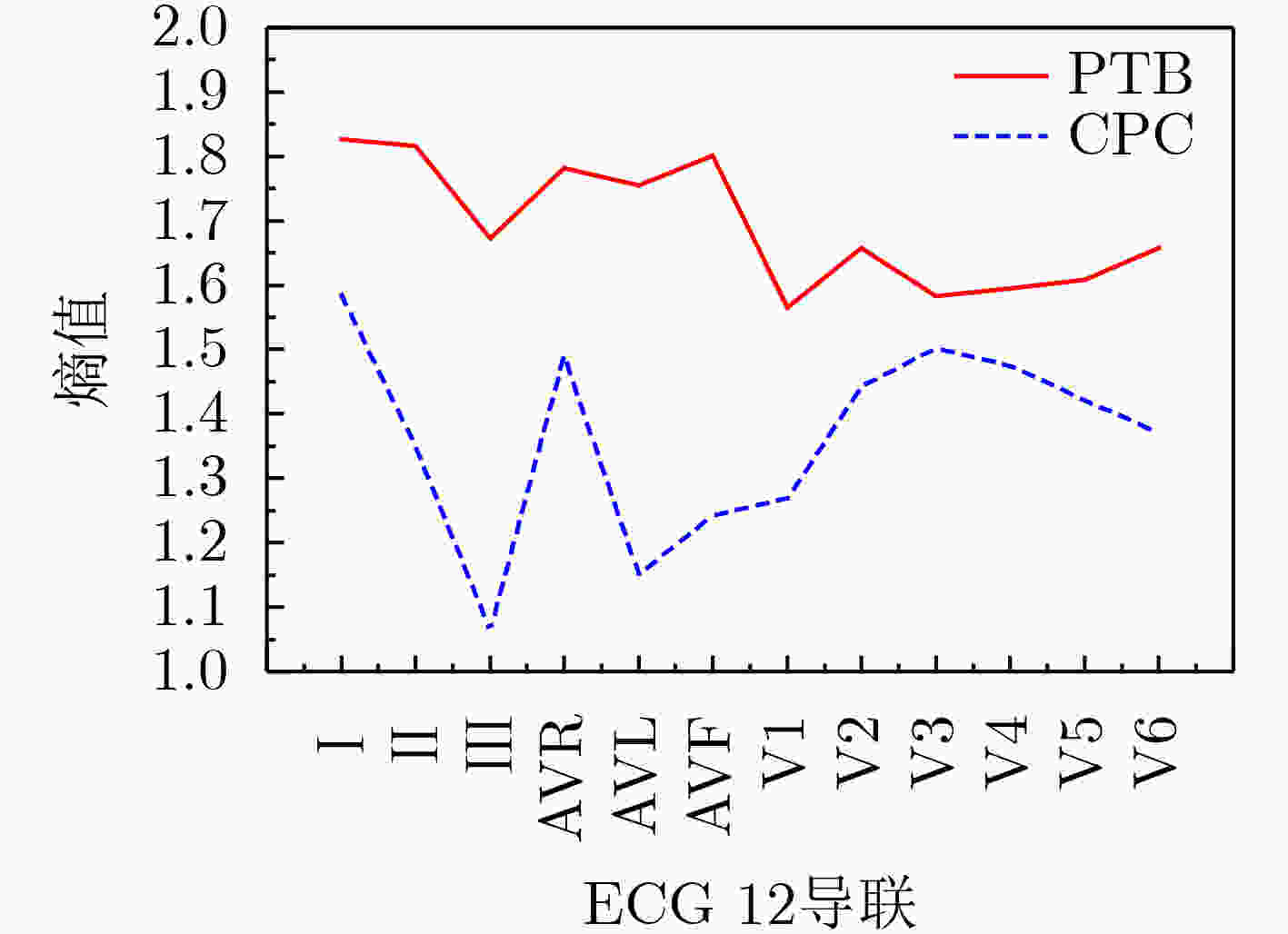
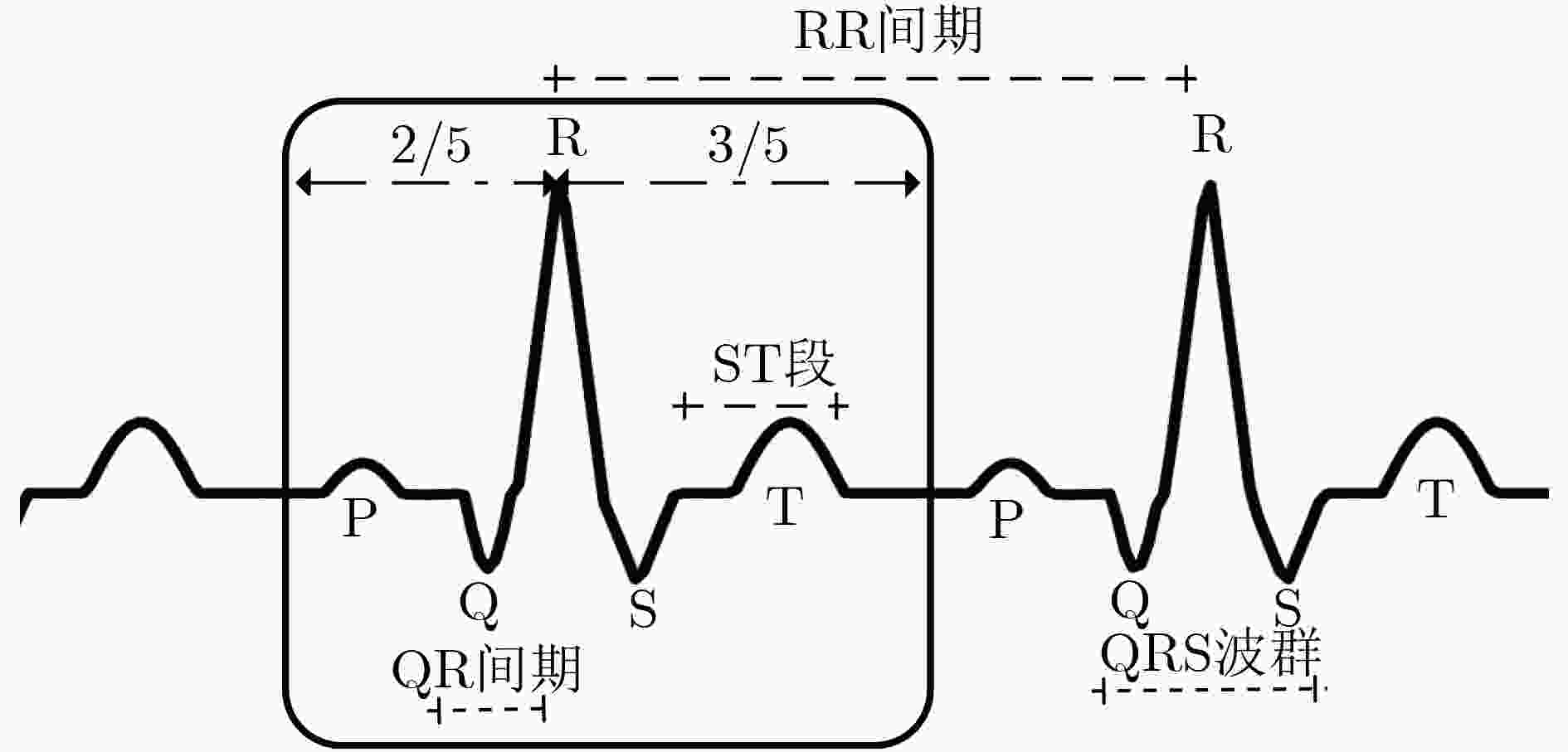

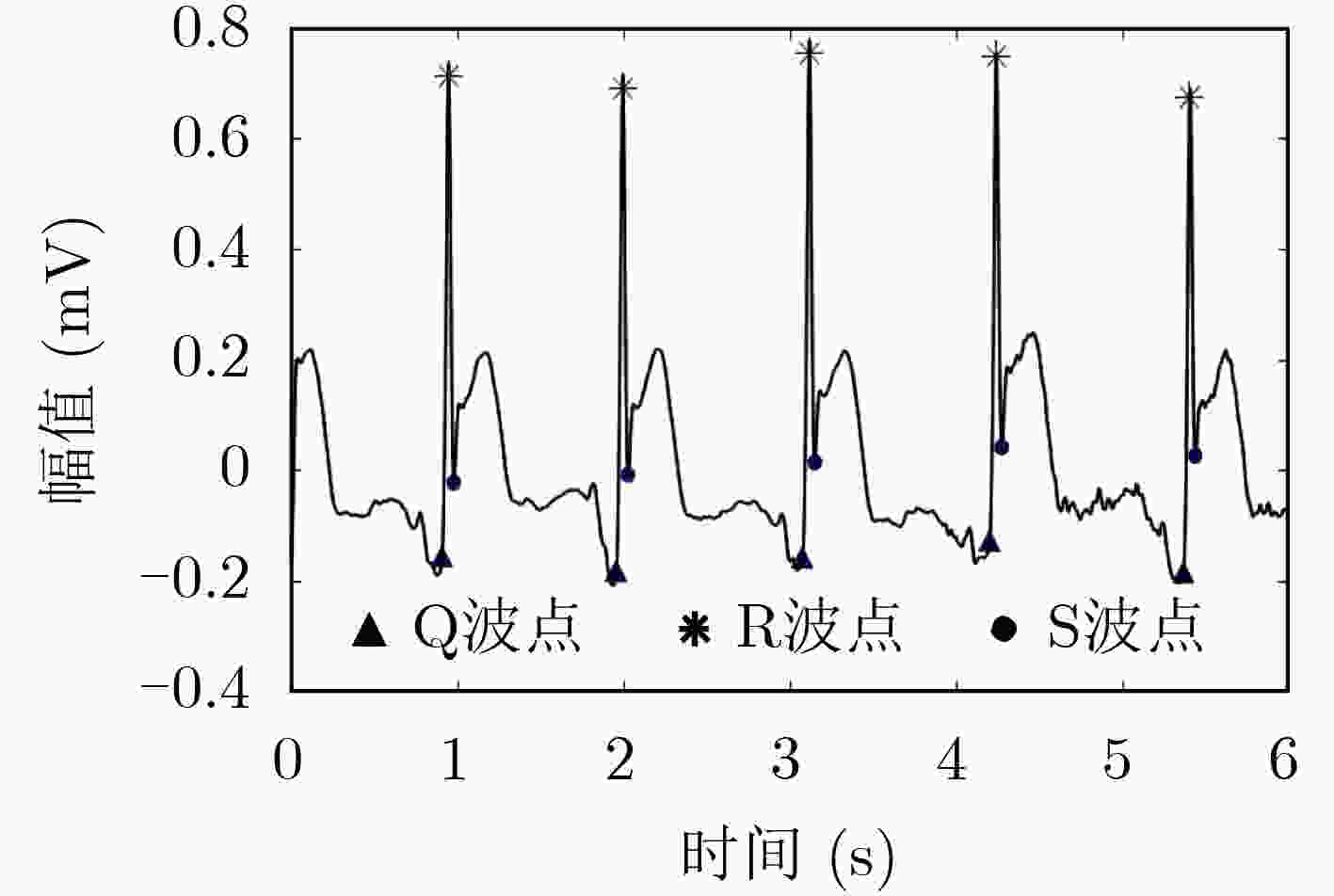
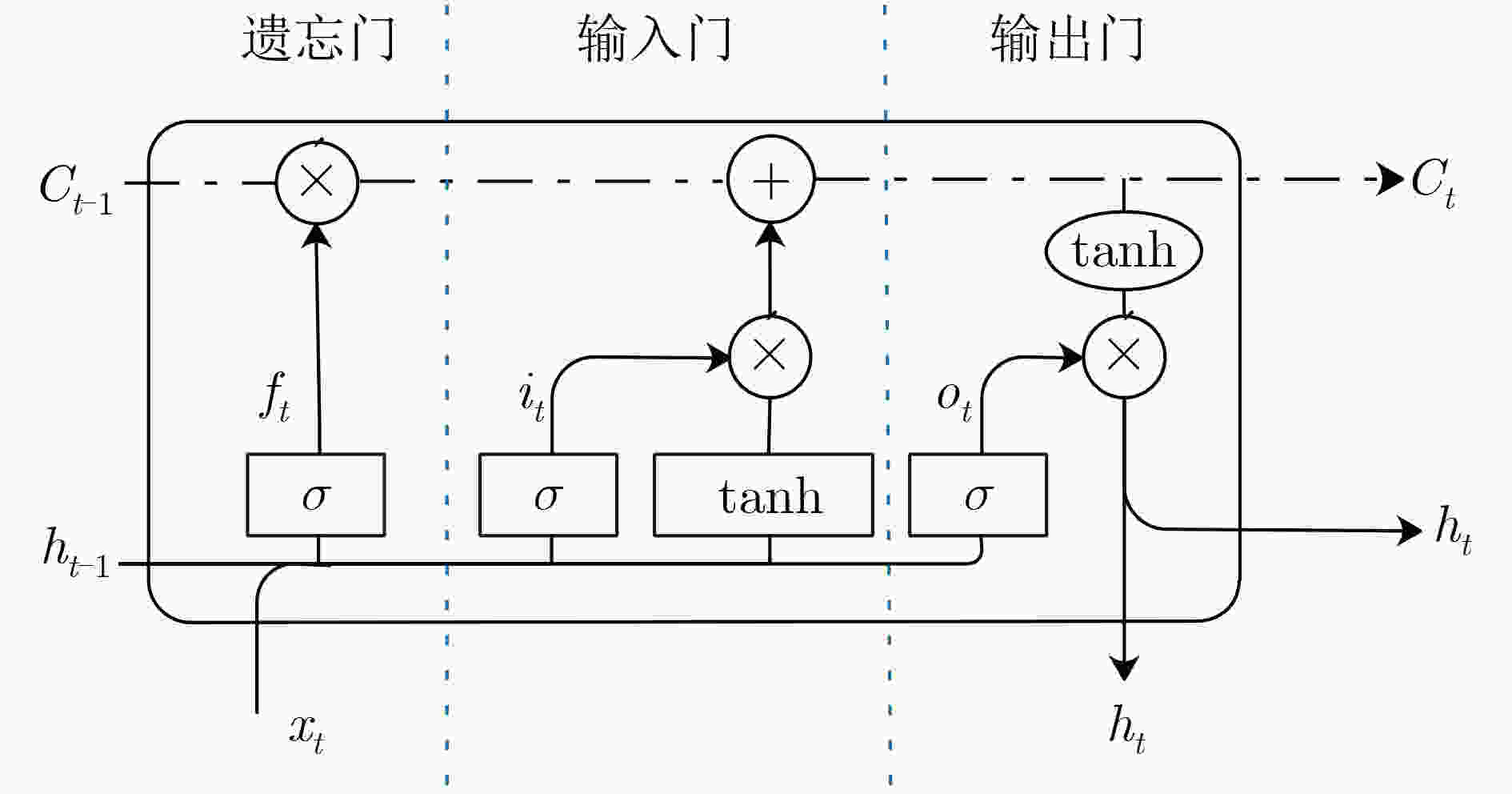
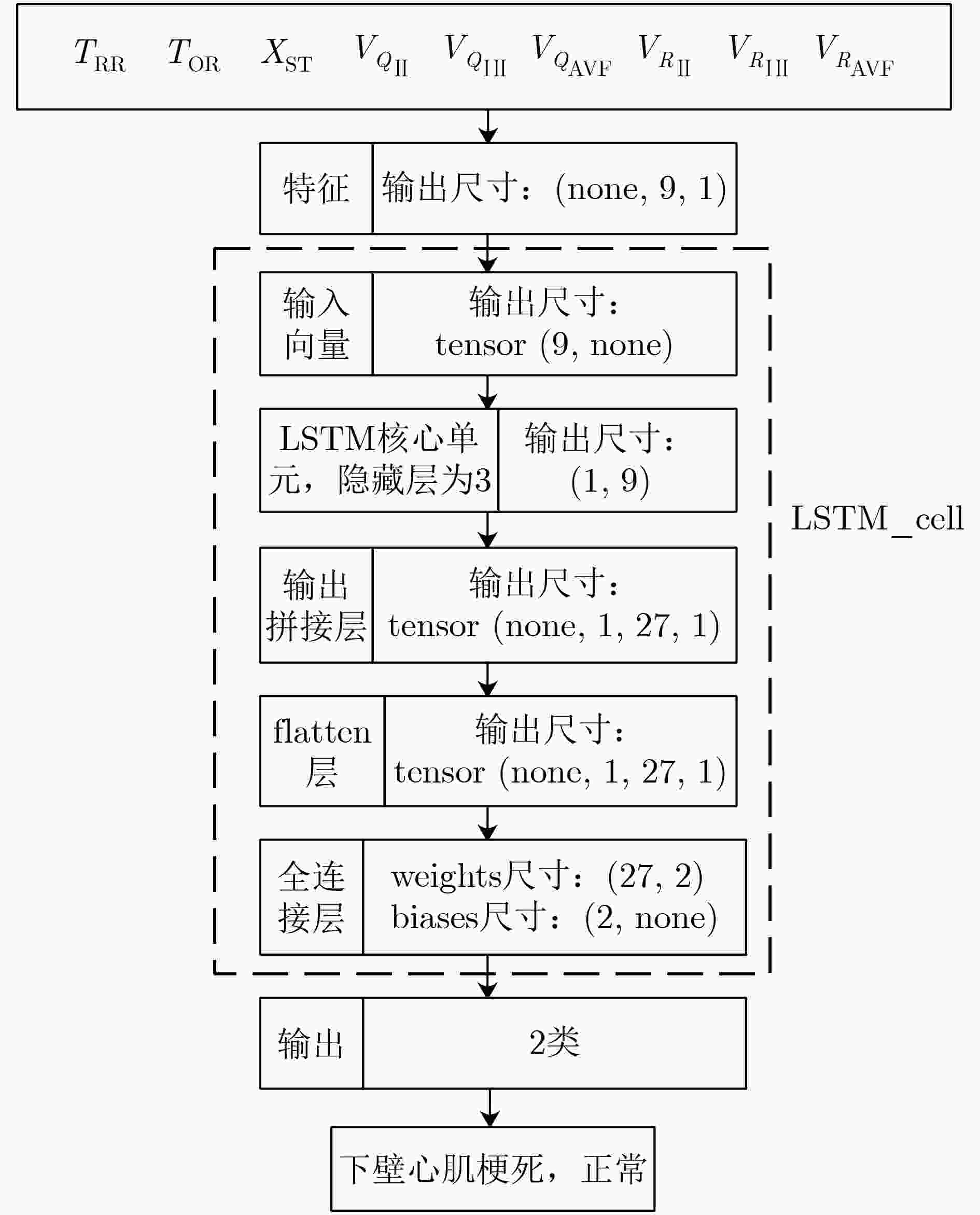
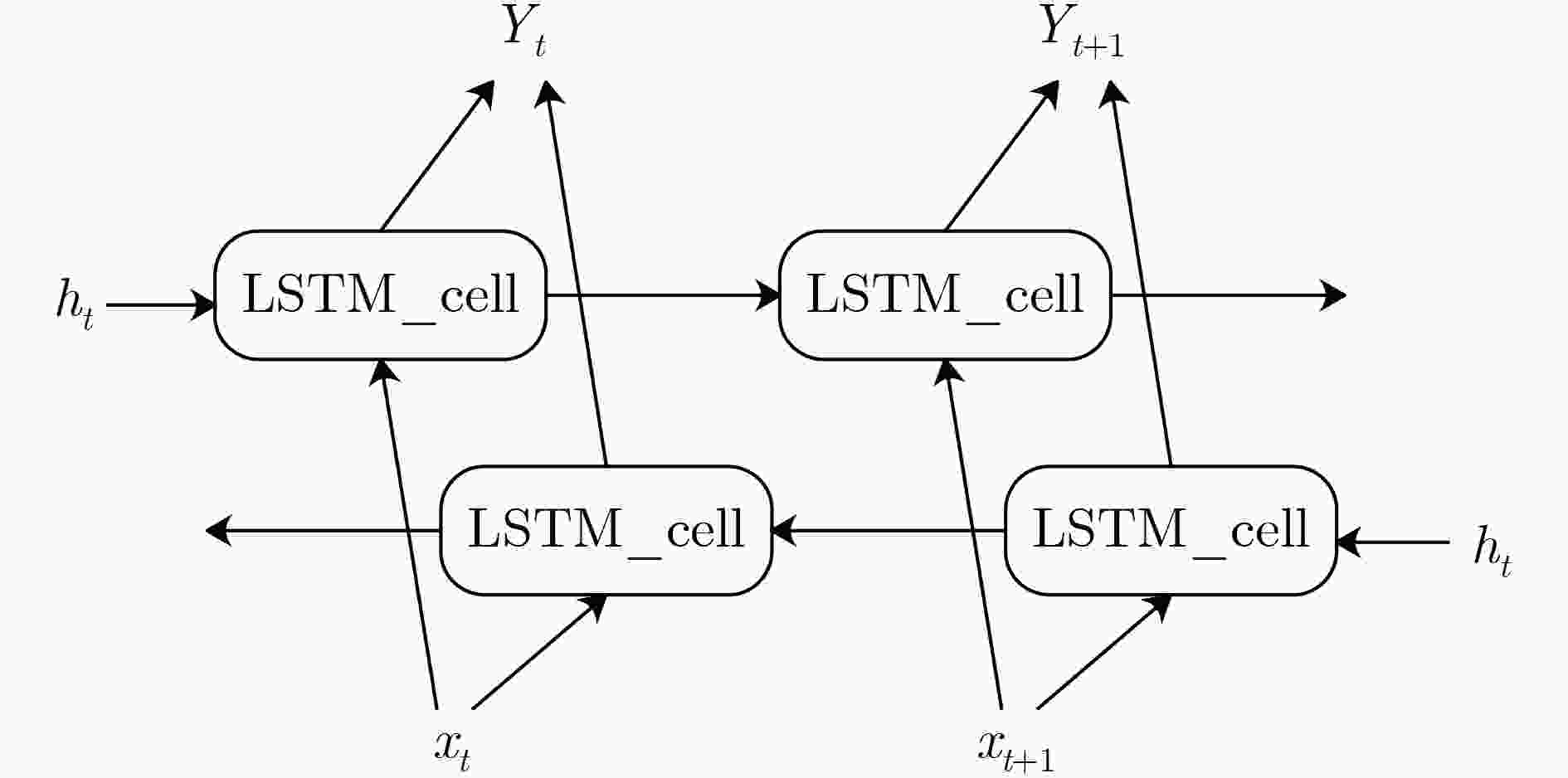




 下载:
下载:
